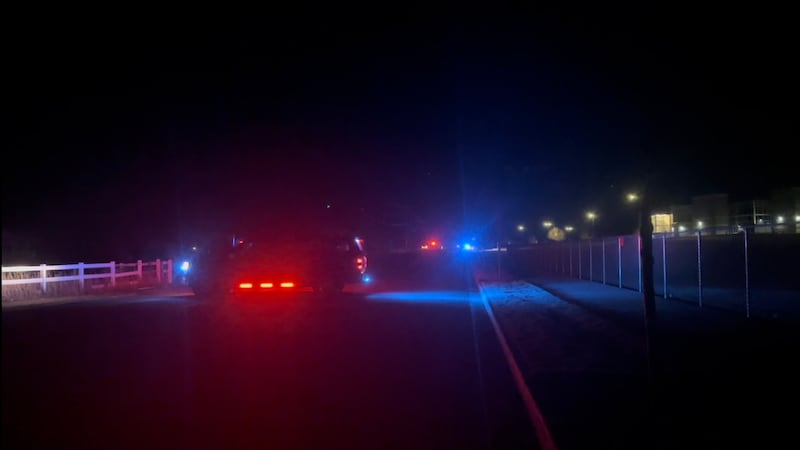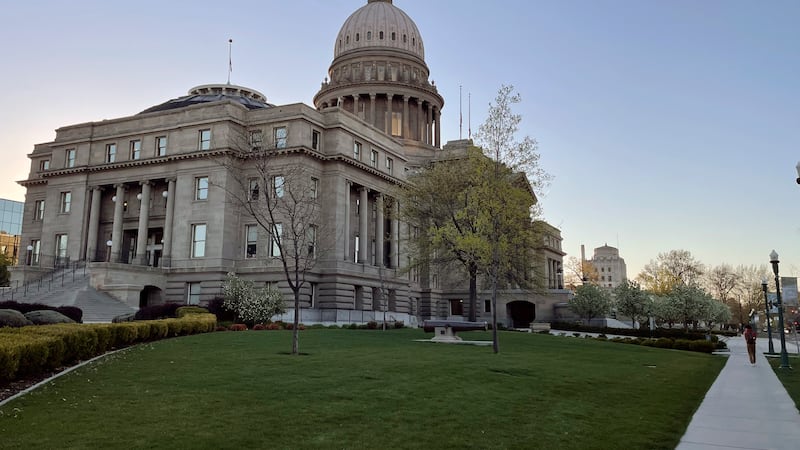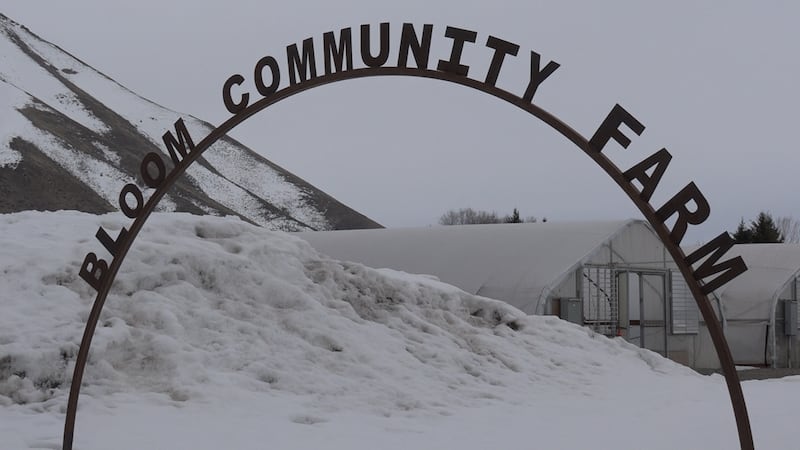Preliminary test samples are coming back, ISDA is starting to explore treatment options for Quagga Mussels in the Snake River
The ISDA is starting to explore treatment options for once the scale of the infestation is understood.
TWIN FALLS, Idaho (KMVT/KSVT) — It’s been nine days since the Idaho State Department of Agriculture discovered the presence of Quagga Mussel larvae in Centennial Park and the work is still far from over.
Over those nine days, the ISDA has taken hundreds of samples from Shoshone Falls to downriver of Centennial Park. ISDA officials say they have not seen a significant change in the results from the original sample area but are seeing a lot of negative results in other parts of the river.
So far, no samples have come back positive downriver of Centennial Park.
While continuing to collect samples and wait for lab results, the states quagga mussel reaction plan is still moving forward.
Notifying and quarantining the affected area was step one. Now, the ISDA is starting to explore treatment options for once the scale of the infestation is understood.
ISDA Deputy Director Lloyd Knight was in Twin Falls on Wednesday morning and spoke on what those possible treatments would consist of.
“So, there are a number of different pesticides and molluscicides that are available out there; we’ll probably approach treatment with something like that,” said ISDA Deputy Director Lloyd Knight. “The trick is going to be making sure we pick the right tool for some place as unique as the Snake River, that we pick the right tool that is something we can manage, pick something that is the right tool that is labeled and legal for use obviously. So those are all the things were reviewing right now as we try to figure out that treatment plan.”
As the state explores those treatment options, they would like to continue to request the publics patience and cooperate with the temporary closures.
The state knows how important these waterways are to the local population, and these closures were not made on a whim.
“We don’t take it lightly to make the decision to close a waterbody or for the County Commissioner to decide to close a park,” said Knight. “Those decision are not something people take lightly, they’re not something that we just kind of back our way into; they’re closed for a reason, and they need to trust that we are moving as quickly as we possible can to complete out work.”
While the few negative results are a good sign, that doesn’t mean we’re out of the woods. With much still to do, officials say it’s hard to determine when the parks and waterways will be opened back up.
For up-to-date information from the Idaho Department of Agriculture, Click Here.
Copyright 2023 KMVT. All rights reserved.















